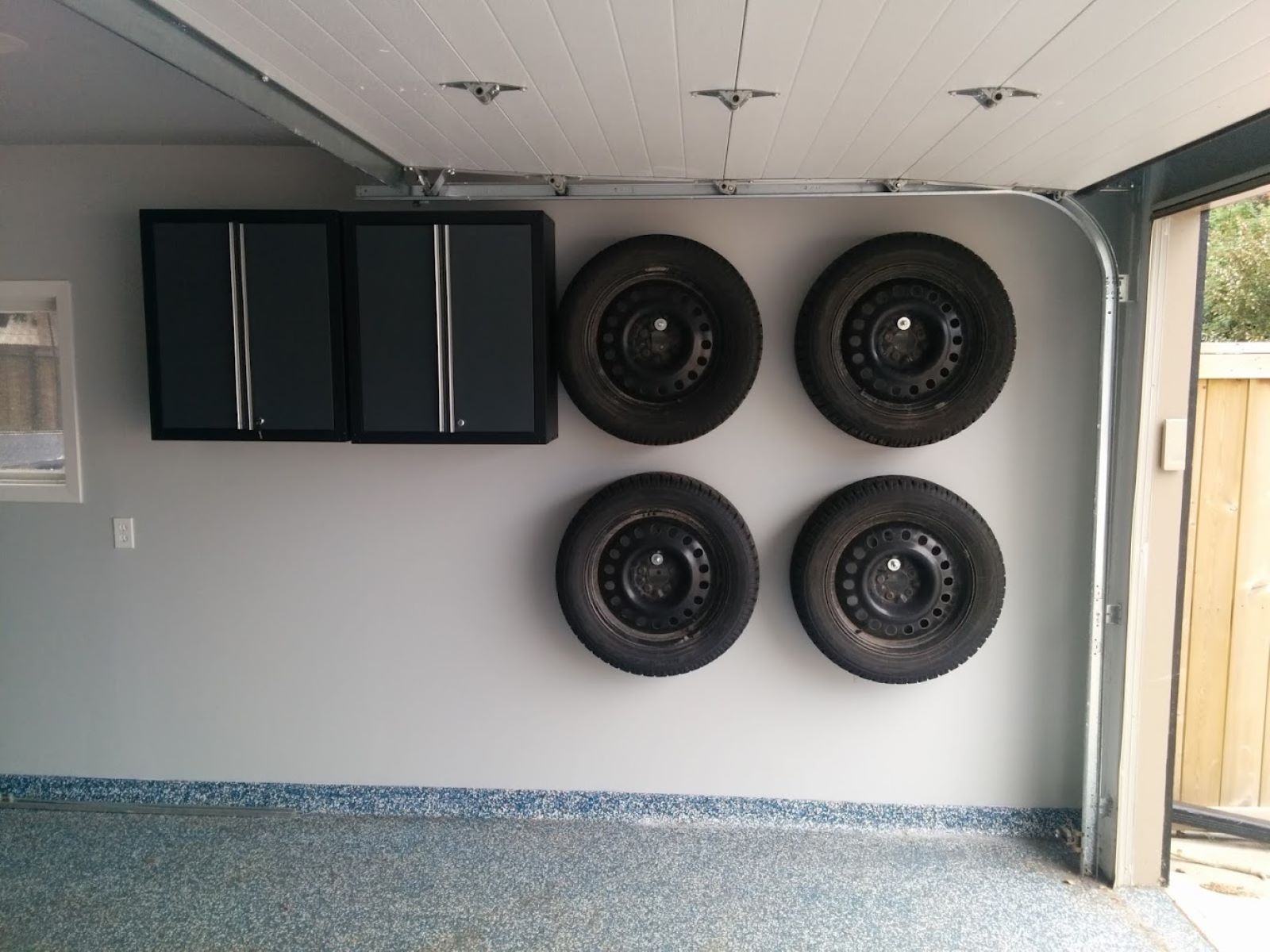

Articles
How To Store Tires In Garage
Modified: May 6, 2024
Learn the best way to store tires in your garage with these helpful articles. Keep your tires organized and protected for optimal performance.
(Many of the links in this article redirect to a specific reviewed product. Your purchase of these products through affiliate links helps to generate commission for Storables.com, at no extra cost. Learn more)
Introduction
Proper tire storage is essential for maintaining the longevity and performance of your tires. Whether you have a set of winter tires, spare tires, or extra sets of seasonal tires, storing them correctly can prevent damage and extend their lifespan. Many people choose to keep their tires in the garage, as it is a convenient and easily accessible location. However, it’s crucial to take necessary precautions to ensure that your tires are protected and preserved during storage.
In this article, we will discuss the importance of proper tire storage and provide you with practical tips on how to store your tires in the garage effectively. By following these guidelines, you can keep your tires in optimal condition, ready for use whenever you need them.
Key Takeaways:
- Proper tire storage in the garage is crucial for preserving tire integrity, ensuring safety, and saving money in the long run. Following the right practices can protect tires from damage and extend their lifespan.
- Choosing the right location, cleaning and inspecting tires, using tire racks, and maintaining proper tire pressure are essential for effective tire storage in the garage. These practices help preserve tire condition and performance.
Read more: How To Store Summer Tires
Importance of Proper Tire Storage
Proper tire storage is crucial for several reasons. First and foremost, it helps to maintain the integrity of the tires, preventing unnecessary wear and degradation. When tires are stored improperly, they can develop flat spots or become misshapen, leading to uneven wear patterns and a decrease in performance. Additionally, exposure to temperature fluctuations, sunlight, and moisture can cause rubber degradation and shorten the tire’s lifespan.
Proper tire storage also ensures safety. When tires are stored correctly, they are less likely to become damaged or compromised. This is especially important for seasonal tires, as they may not be used for extended periods. Storing them properly reduces the risk of structural damage, punctures, or other issues that could potentially lead to tire failure when they are eventually put back into use.
By storing your tires correctly, you can also save money in the long run. Tires are a significant investment, and premature wear or damage can result in the need for replacement earlier than expected. Proper storage techniques protect your tires and extend their lifespan, allowing you to get the most value out of your investment.
Furthermore, proper tire storage makes the process of swapping out seasonal tires more efficient. When tires are stored in an organized and accessible manner, it becomes easier to locate and retrieve them when the time comes to switch them out. This saves you time and effort, ensuring a smooth transition from one set of tires to another.
Preparation Before Storing Tires
Before you store your tires, there are several important steps to take to ensure they remain in good condition throughout their time in storage.
1. Clean the Tires: Start by giving your tires a thorough cleaning to remove any dirt, debris, or brake dust. Use a mild soap and water solution and a brush to scrub the tires gently. Avoid using harsh chemicals or solvents, as they can damage the rubber. Once cleaned, allow the tires to dry completely before proceeding.
2. Inspect for Damage: While cleaning the tires, take the opportunity to inspect them for any signs of damage. Look for cuts, bulges, or other abnormalities that could indicate potential issues. If you notice any damage, it’s important to address it before storing the tires.
3. Remove Excess Air: It’s recommended to slightly deflate the tires before storage to relieve any strain. Check the manufacturer’s guidelines or consult a tire professional to determine the ideal pressure for storage.
4. Secure Valve Caps: Ensure that valve caps are securely in place to prevent air leakage during storage. Valve caps also help to keep out dirt and moisture.
5. Label and Document: If you have multiple sets of tires or plan to store tires for different vehicles, labeling them can help with easy identification. Note down any specific information, such as the tire size or the vehicle they are meant for, for future reference.
6. Consider Tire Bags: While not necessary, using tire storage bags can provide an extra layer of protection against dust, moisture, and UV exposure. These bags are typically made of durable materials and are designed specifically for tire storage.
By taking the time to prepare your tires before storing them, you can ensure that they are in optimal condition and ready for use when you need them next. Proper preparation reduces the risk of damage and extends the lifespan of your tires.
Choosing the Right Location in the Garage
When it comes to storing your tires in the garage, choosing the right location is key to maintaining their condition. Here are some considerations to keep in mind:
1. Temperature Control: It’s essential to store your tires in a location where the temperature remains relatively consistent. Extreme temperature fluctuations can degrade the rubber and impact the tire’s performance. Avoid areas of the garage that are exposed to direct sunlight or prone to temperature extremes.
2. Avoiding Moisture: Moisture is another enemy of tire storage as it can cause rubber to deteriorate and lead to the growth of mold or mildew. Choose a dry area of the garage away from any potential sources of moisture, such as leaking pipes or windows.
3. Adequate Ventilation: Good ventilation is important for preventing the buildup of stale air and reducing the risk of condensation. Select an area of the garage that has proper airflow to help keep the tires fresh and dry.
4. Floor Protection: Consider using a tire rack or investing in a set of tire mats to protect the tires from direct contact with the garage floor. This helps to prevent damage from moisture or chemicals that may be present on the floor.
5. Accessibility: Choose a location that provides easy access to your stored tires. This will make it more convenient when you need to retrieve or rotate them. Avoid placing them in areas where they can easily get buried or obstructed by other items in the garage.
By selecting the right location in your garage, you can ensure that your tires are stored in the optimal environment, free from extreme temperatures and moisture. This will help to preserve their quality and extend their lifespan.
Cleaning and Inspecting the Tires
Before storing your tires in the garage, it’s important to clean and inspect them thoroughly. This helps to remove any dirt or contaminants that could potentially damage the tires and allows you to identify any existing issues that need to be addressed.
Cleaning the Tires: Start by using a mild soap and water solution to clean the tires. Avoid using harsh chemicals or solvents, as they can cause damage to the rubber. Use a brush or sponge to scrub the tires gently, paying attention to remove any dirt or debris. Rinse them thoroughly and allow them to dry completely before proceeding.
Inspecting for Damage: While cleaning the tires, take the opportunity to inspect them for any signs of damage or wear. Look for cuts, bulges, sidewall cracks, or any abnormalities that could indicate potential issues. If you notice any damage, it’s important to address it before storing the tires. Small cuts or punctures can be repaired by a professional, while extensive damage may require tire replacement.
Regularly inspecting your tires before storage helps to identify any potential problems and prevent further damage. It also ensures that you have a clear understanding of the tire’s condition, which is especially important for long-term storage.
By cleaning and inspecting your tires before storing them, you can keep them in optimal condition, reduce the risk of potential issues, and ensure they are ready for use when needed. This proactive approach helps to maintain the longevity and performance of your tires.
Read more: How To Store Bike Tires
Tips for Stacking Tires
When it comes to storing multiple sets of tires in your garage, proper stacking techniques are essential to save space and prevent damage. Here are some tips to help you stack your tires effectively:
- Use a Stable Base: Start by creating a stable base for your tire stack. Place a sturdy and flat surface, such as a pallet or a tire rack, on the floor. This provides stability and helps evenly distribute the weight of the stacked tires.
- Stack in Even Numbers: When stacking tires, it’s best to stack them in even numbers. This helps maintain balance and stability. Avoid stacking tires in odd numbers, as it can result in an unstable pile.
- Rotate the Tires: When stacking multiple sets of tires, consider rotating the tires in each stack. This helps to distribute pressure and prevents flat-spotting. Additionally, rotating the tires periodically during storage can further minimize the risk of developing flat spots.
- Position Tires Vertically: If space allows, consider storing the tires vertically instead of horizontally. This not only saves space but also reduces the risk of deformities, as the weight is evenly distributed across the tire’s circumference.
- Use Tire Stacking Blocks: Tire stacking blocks, also known as tire cradles or tire bonnets, can provide additional support and stability. These blocks are specifically designed to fit under the tires and prevent flat-spotting during storage.
- Avoid Stacking Too High: It’s important to avoid stacking the tires too high, as this can increase the risk of the stack toppling over. Aim to keep the stack at a manageable height, ensuring stability and easy access to the tires when needed.
- Consider Tire Bags or Covers: If you’re stacking tires for long-term storage, consider using tire bags or covers. These protective covers help guard against dust, moisture, and UV exposure, keeping your tires in optimal condition.
By following these stacking tips, you can efficiently utilize your garage space and store multiple sets of tires without risking damage or deformation. Properly stacked tires are easier to access and ensure they remain in good condition until you need them next.
Using Tire Racks or Shelves
Tire racks or shelves are an excellent storage solution for organizing and protecting your tires in the garage. These specialized racks or shelves are designed to safely hold and store tires, optimizing space and reducing the risk of damage. Here are some tips for using tire racks or shelves effectively:
- Select the Right Rack or Shelf: Choose a tire rack or shelf that suits your needs and the available space in your garage. Consider factors such as the weight capacity, adjustability, and durability of the rack or shelf.
- Proper Installation: Follow the manufacturer’s instructions carefully when installing the tire rack or shelf. Make sure it is securely anchored to the wall or floor to ensure stability and prevent accidents.
- Evenly Distribute Weight: When placing your tires on a tire rack or shelf, distribute the weight as evenly as possible. This helps maintain balance and prevents unnecessary strain on the rack or shelf.
- Keep Tires Upright: Position the tires upright on the rack or shelf to maintain their shape and evenly distribute the weight. Avoid stacking too many tires on top of each other, as it can lead to deformation.
- Label and Organize: Use labels or tags to identify the tires stored on the rack or shelf. You can label them according to the tire size, season, or the vehicle they belong to. This makes it easier to locate and retrieve the specific tires you need.
- Utilize Adjustable Racks: If your tire rack or shelf is adjustable, take advantage of the flexibility it offers. Adjust the height or spacing between shelves to accommodate different tire sizes or quantities.
- Secure with Tire Straps: For added security, consider using tire straps or bungee cords to secure the tires on the rack or shelf. This helps to prevent any movement or shifting of the tires.
- Regularly Inspect the Rack or Shelf: Periodically check the tire rack or shelf for any signs of damage, wear, or stability issues. Replace any worn-out components or make necessary adjustments to ensure the safety and reliability of the storage system.
Using tire racks or shelves is an efficient way to store your tires in the garage, keeping them organized and protected. By following these tips, you can maximize space, minimize the risk of damage, and easily locate the tires you need when it’s time to put them back on your vehicle.
When storing tires in the garage, it’s best to keep them away from direct sunlight, heat sources, and moisture. Store them upright and stack them if necessary to save space, but avoid placing heavy items on top to prevent damage.
Protecting Tires from Damage
Ensuring the safety and longevity of your tires during storage involves taking measures to protect them from potential damage. Here are some tips to help you keep your tires in optimal condition:
- Avoid Direct Contact with the Ground: It’s essential to prevent direct contact between the tires and the garage floor. This can be done by using tire racks, shelves, or tire mats. By lifting the tires off the ground, you protect them from moisture, chemicals, and potential hazards.
- Protect from Sunlight: Prolonged exposure to sunlight can cause rubber to deteriorate and fade. If your garage has windows or skylights that allow sunlight to enter, consider covering your tires or storing them in a shaded area to minimize UV exposure.
- Shield from Moisture: Moisture can lead to mold, mildew, and rubber degradation. To protect your tires, ensure they are stored in a dry area of the garage, away from any potential sources of moisture. Using tire covers or bags specifically designed to keep out moisture can provide an extra layer of protection.
- Protect from Extreme Temperatures: Extreme temperature fluctuations can damage the rubber and impact tire performance. Store your tires in a location where the temperature remains relatively consistent. Steer clear of areas in the garage that may become excessively hot or cold, such as near heating vents or open windows.
- Avoid Exposure to Chemicals: Keep your tires away from any chemicals or solvents that could potentially harm the rubber. This includes cleaning products, paints, or fuel. If storing your tires near potentially hazardous substances is unavoidable, use additional protection such as tire covers or bags.
- Prevent Pressure Loss: Maintain proper tire pressure during storage to prevent loss of air and potential damage. Check the tire pressure regularly and adjust as needed, following the manufacturer’s guidelines or consulting a tire professional.
- Keep Away from Sharp Objects: Ensure that your stored tires are protected from sharp objects that could puncture or damage the rubber surface. Avoid storing them near tools, sharp edges, or any other objects that could potentially cause harm.
By implementing these measures, you can effectively protect your tires from damage during storage. Taking the necessary precautions will help ensure that your tires remain in good condition, extend their lifespan, and maintain their performance when you are ready to use them again.
Tire Storage Accessories
When it comes to storing tires in the garage, there are various accessories available that can enhance the storage process and provide added protection. Here are some popular tire storage accessories to consider:
- Tire Covers: Tire covers are designed to shield your tires from dust, dirt, and UV exposure. They are typically made of durable materials such as vinyl or polyester and provide an extra layer of protection during storage. Tire covers are especially useful for long-term storage or when storing tires outside the garage.
- Tire Bags: Tire bags are similar to tire covers but offer more comprehensive protection. These bags enclose the entire tire, preventing moisture, dirt, and sunlight from reaching the rubber surface. Tire bags are commonly made of heavy-duty materials like nylon or polyester and are available in various sizes to accommodate different tire dimensions.
- Tire Rim Protectors: Rim protectors are soft and cushioned sleeves that fit over the rims of your tires. They help prevent scratches and dings to the rims during storage or when moving the tires around. Rim protectors are particularly beneficial when stacking tires or storing them in close proximity to each other.
- Tire Wall Mounts: Tire wall mounts are brackets or hooks that attach to the garage walls, allowing you to hang your tires vertically. These mounts help save space in the garage and keep the tires off the floor, preventing any potential damage or deformities. Wall mounts are especially useful when you have limited floor space available.
- Tire Stands or Tire Trees: Tire stands or tire trees are freestanding racks that hold multiple sets of tires in a compact and organized manner. They often feature adjustable arms or tiers to accommodate different tire sizes. Tire stands are a convenient solution when you have multiple sets of tires to store and want to maximize space efficiency.
- Tire Stack Essentials: There are various tools and accessories available that are specifically designed to aid in stacking tires. These include tire stack bonnets, tire cradles, or stacking blocks. These accessories help distribute the weight evenly and prevent flat-spotting or deformation when stacking tires for extended periods.
By utilizing these tire storage accessories, you can enhance the organization, protection, and efficiency of storing your tires in the garage. Consider your specific needs and preferences when selecting the appropriate accessories and ensure they are compatible with the tire sizes and quantities you plan to store.
Read more: How To Store Unmounted Tires
Maintaining Proper Tire Pressure
Maintaining proper tire pressure is crucial for the overall health and performance of your tires, even when they are in storage. Here are some key considerations to help you maintain the correct tire pressure during storage:
- Check and Inflate: Before storing your tires, ensure that they are properly inflated to the recommended pressure as specified by the manufacturer or vehicle owner’s manual. Use a reliable tire pressure gauge to check the pressure and add air if necessary.
- Regular Inspections: Periodically inspect the tire pressure during the storage period. Tires naturally lose air over time, so it’s important to monitor and maintain the proper pressure. Check the pressure at least once every three months to ensure it remains within the recommended range.
- Adjust for Temperature: Fluctuations in temperature can affect tire pressure. As the temperature drops, tire pressure tends to decrease, while warmer temperatures cause an increase in pressure. Adjust the pressure accordingly to compensate for these temperature changes. Refer to the manufacturer’s guidelines or consult a tire professional for the appropriate adjustments.
- Prevent Underinflation: Underinflated tires can cause premature wear, reduced fuel efficiency, and decreased handling performance. Improper storage conditions and air leakage can contribute to tire underinflation. Regularly inspect your stored tires for any signs of pressure loss and address the issue promptly to maintain the recommended pressure levels.
- Avoid Overinflation: Overinflating the tires can lead to a harsher ride, increased risk of tread wear in the center of the tire, and reduced traction. Carefully follow the manufacturer’s recommended pressure guidelines to avoid overinflating your tires during storage.
- Consider Nitrogen Fill: Nitrogen-filled tires have more stable pressure compared to compressed air-filled tires. If possible, consider filling your tires with nitrogen before storage. Nitrogen molecules are larger and less likely to escape through the rubber, which helps maintain tire pressure more effectively over extended periods.
By paying attention to tire pressure and ensuring it remains at the recommended levels, you can extend the lifespan of your tires and maintain optimal performance. Regular inspections and adjustments, along with proper storage conditions, will help preserve tire pressure and ensure your tires are ready for use when you need them next.
Rotating Tires During Storage
Rotating tires during storage is a recommended practice to prevent flat-spotting and maintain their overall condition. Here are some important considerations for rotating your tires while they are in storage:
- Frequency of Rotation: It is generally recommended to rotate your tires every 1-2 months during storage. This helps distribute the weight and prevents prolonged pressure on a specific area, reducing the risk of developing flat spots. However, if you are storing your tires for a shorter period, rotating them once before storage and once after storage should be sufficient.
- Rotating Method: The rotation method for tires in storage is slightly different compared to the rotation performed on a vehicle. Instead of switching tires from front to back, rotate the position of each tire in the stack. For example, move the bottom tire to the top of the stack, and shift each tire up one position. This helps distribute the weight and pressure evenly across all tires.
- Use Tire Stack Essentials: Tire stack bonnets, tire cradles, or stacking blocks can be useful during the rotation process. They help support the tires and maintain their shape while you reposition them in the stack. These accessories minimize the risk of deformation or damage during rotation.
- Check Tire Pressure: After rotating the tires, remember to check and adjust the tire pressure if necessary. It’s common for tire pressure to fluctuate during the rotation process, so ensure that the pressure is within the recommended range before storing the tires again.
- Inspect for Damage: While rotating the tires, take the opportunity to inspect them for any signs of damage, such as cuts, bulges, or sidewall cracks. If you notice any issues, address them promptly before placing the tires back in storage.
- Record Rotation History: Keeping a record of tire rotations during storage can be helpful. Note down each rotation date and the position of the tires in the stack. This allows you to maintain a proper rotation schedule and ensures that each tire has equal exposure to pressure and weight.
By regularly rotating your tires during storage, you can minimize the risk of flat-spotting and maintain their shape, resulting in better performance when it’s time to put them back on your vehicle. Proper rotation helps to evenly distribute pressure and prolongs the lifespan of the tires.
Storing Seasonal Tires
Storing seasonal tires properly is essential to ensure they remain in good condition during the off-season. Here are some important tips for storing seasonal tires:
- Clean the Tires: Before storing your seasonal tires, clean them thoroughly to remove any dirt, debris, or brake dust. Use a mild soap and water solution along with a brush to scrub the tires gently. Allow them to dry completely before storage.
- Inspect for Damage: While cleaning the tires, inspect them for any signs of damage or wear. Look for cuts, bulges, or sidewall cracks that could indicate potential issues. Address any damage before storing the tires to prevent further degradation.
- Choose the Right Location: Select an appropriate location in the garage for storing your seasonal tires. Consider factors such as temperature control, moisture prevention, and accessibility. Store the tires away from direct sunlight, extreme temperatures, and potential sources of moisture.
- Use Tire Storage Accessories: Consider using tire covers, bags, or tire racks to protect your seasonal tires from dust, dirt, and UV exposure. These accessories provide an extra layer of protection during storage and help maintain the quality of the tires.
- Rotate the Tires: Rotate the tires before storage to ensure even wear. This helps maintain tire performance and extends their lifespan. Follow the appropriate rotation method for your specific tire type and vehicle.
- Maintain Proper Tire Pressure: Check the tire pressure and inflate the tires to the recommended levels before storage. Monitor the pressure periodically and make adjustments as needed to counteract any natural pressure loss over time.
- Store Upright or Stacked: Depending on the available space, you can choose to store your seasonal tires upright or stacked. If storing upright, use tire racks to keep them secure. If stacking, ensure that the weight is evenly distributed and rotate the tires periodically to prevent flat-spotting.
- Label and Record: Label each tire and keep a record of its position and rotation history if applicable. This will help you keep track of the tire’s usage and maintain proper rotation cycles.
- Avoid Using Brake Blocks: It is generally recommended to avoid using brake blocks during long-term storage. Brake blocks can cause flat spots by applying constant pressure to a specific area of the tire, so it’s best to rely on proper tire rotation and storage techniques instead.
By following these guidelines, you can store your seasonal tires properly and ensure they remain in optimal condition until it’s time to use them again. Proper storage helps to preserve the performance and longevity of your seasonal tires, giving you peace of mind when the season changes.
Summary and Conclusion
Proper tire storage in the garage is essential for maintaining the longevity and performance of your tires. By following the right practices and taking necessary precautions, you can protect your tires from damage and ensure they are ready for use when needed. Here’s a recap of the key points discussed:
We started by emphasizing the importance of proper tire storage, highlighting how it preserves tire integrity, ensures safety, and saves money in the long run. We then delved into the necessary preparation before storing tires, such as cleaning them thoroughly and inspecting for damage. Choosing the right location in the garage is crucial, considering temperature control, moisture prevention, and accessibility.
We discussed tips for stacking tires effectively, including using stable bases, rotating tires, positioning them vertically if possible, and using tire racks or shelves. We also explored the role of tire storage accessories, such as covers, bags, rim protectors, and wall mounts, in providing additional protection and organization.
Maintaining proper tire pressure during storage was underscored as a vital practice, with regular inspections and adjustments necessary to combat pressure loss. We also touched on the importance of rotating tires during storage to prevent flat spot development and maintain overall tire condition. Special attention was drawn to the proper storage of seasonal tires, including cleaning, rotating, and implementing appropriate storage techniques.
In conclusion, proper tire storage in the garage is essential for preserving the condition and performance of your tires. By following the guidelines outlined in this article, you can protect your tires from damage, extend their lifespan, and ensure they are ready for use whenever you need them. With the right practices and attentiveness, you can ensure that your investment in tires remains worthwhile over time.
Now that you've got the scoop on storing tires in your garage, why not take organization up a notch? For those eager to optimize space, our article on the latest tire storage solutions offers innovative ideas that ensure your wheels are kept in pristine condition, maximizing garage efficiency. And if you're itching for a full garage transformation, dive into our compilation of clever garage organization strategies. These hacks promise to turn your cluttered garage into a model of efficiency, where finding anything you need becomes a breeze.
Frequently Asked Questions about How To Store Tires In Garage
Was this page helpful?
At Storables.com, we guarantee accurate and reliable information. Our content, validated by Expert Board Contributors, is crafted following stringent Editorial Policies. We're committed to providing you with well-researched, expert-backed insights for all your informational needs.
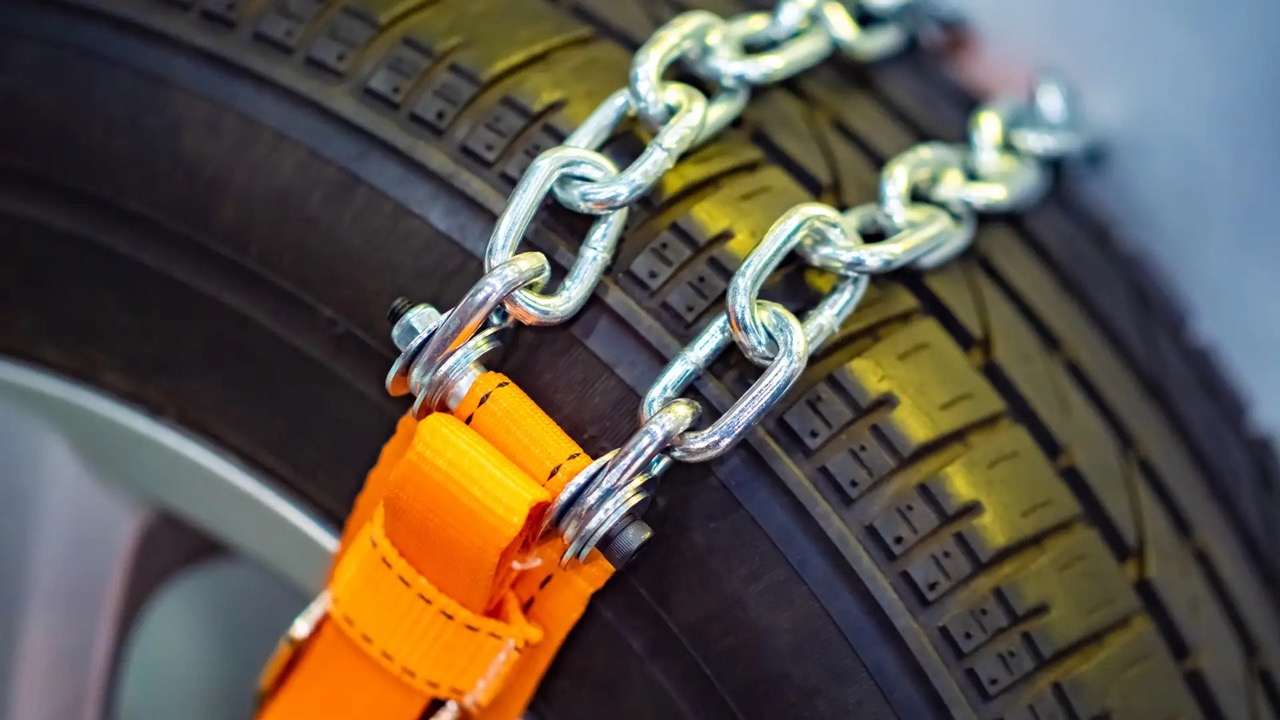
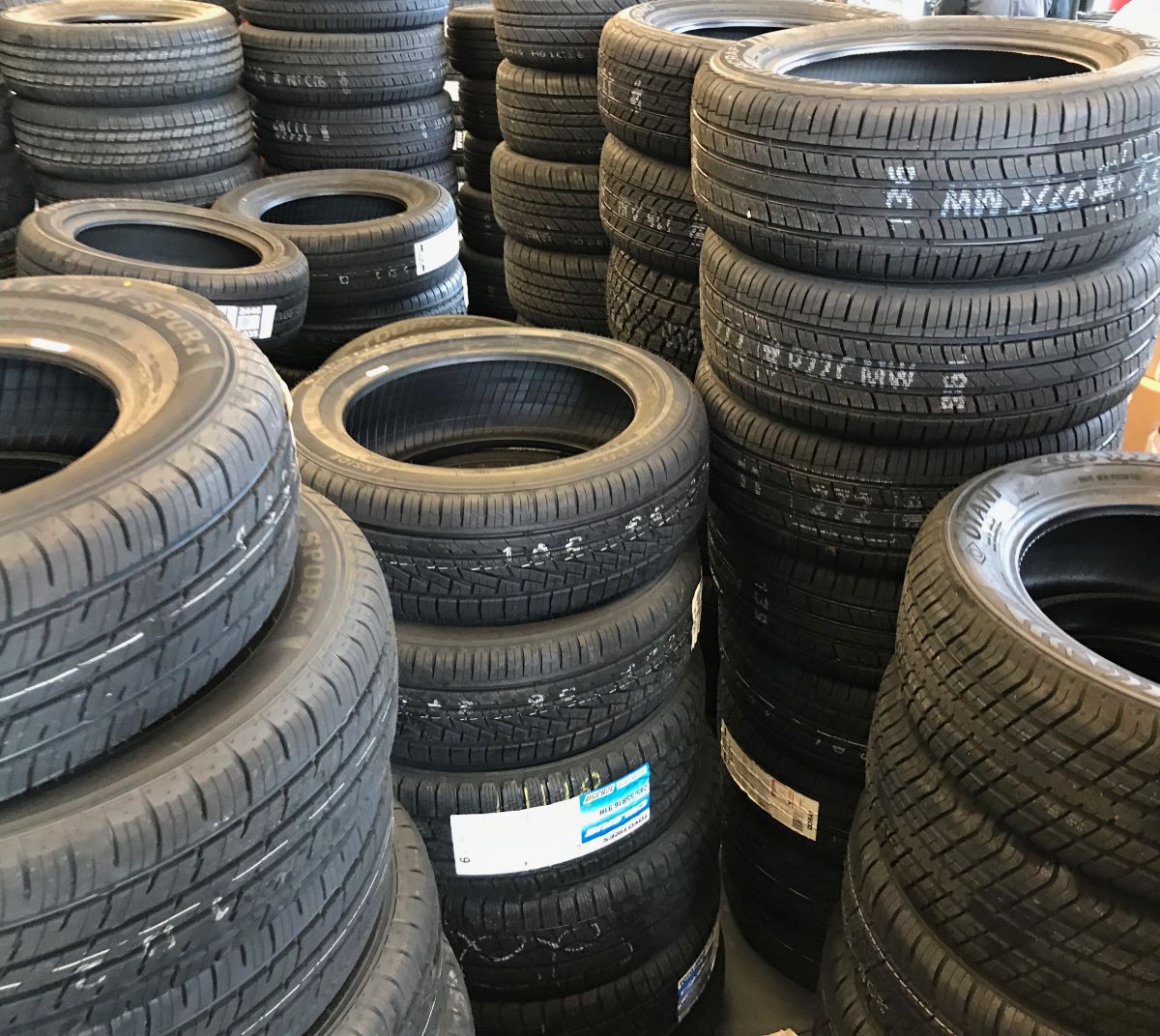
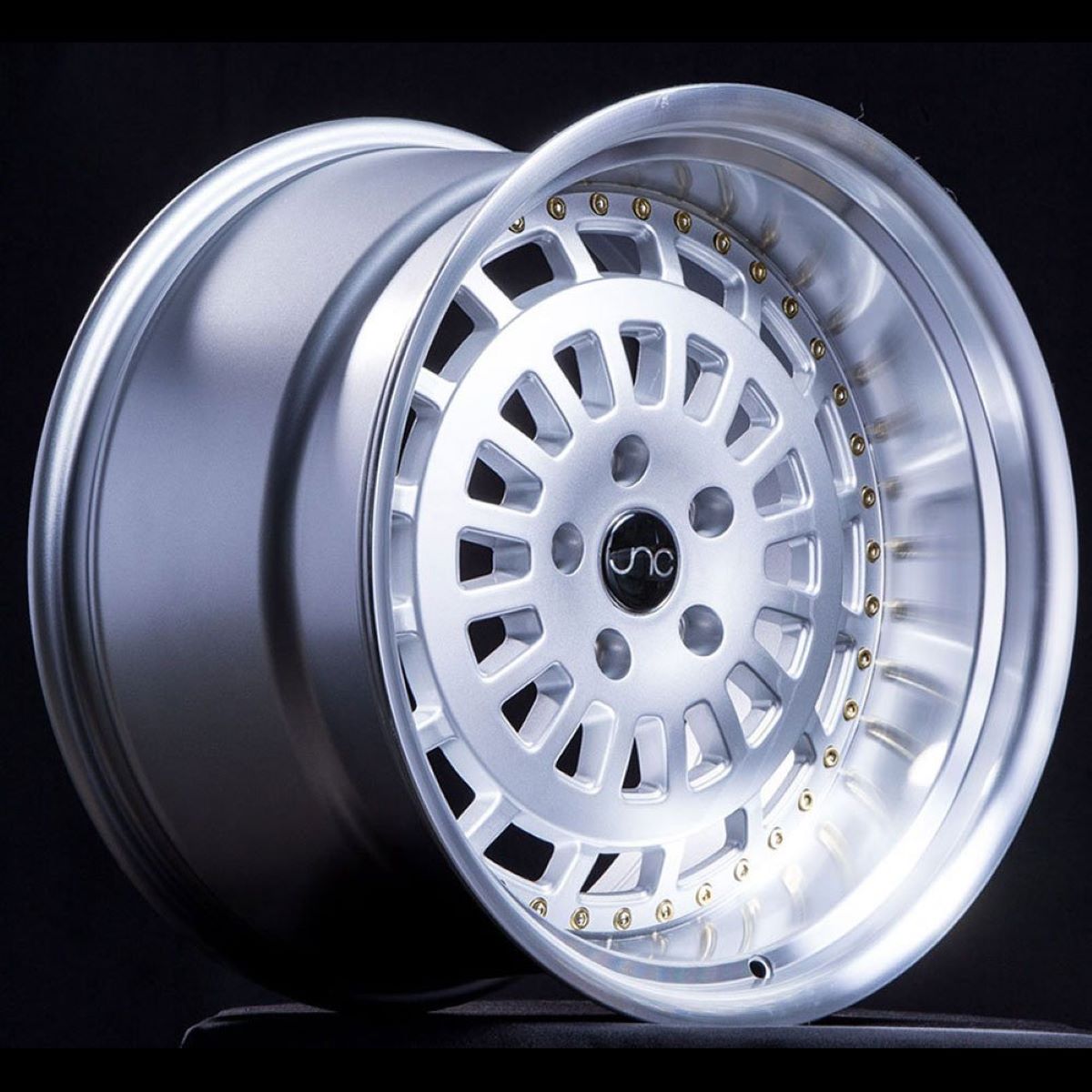
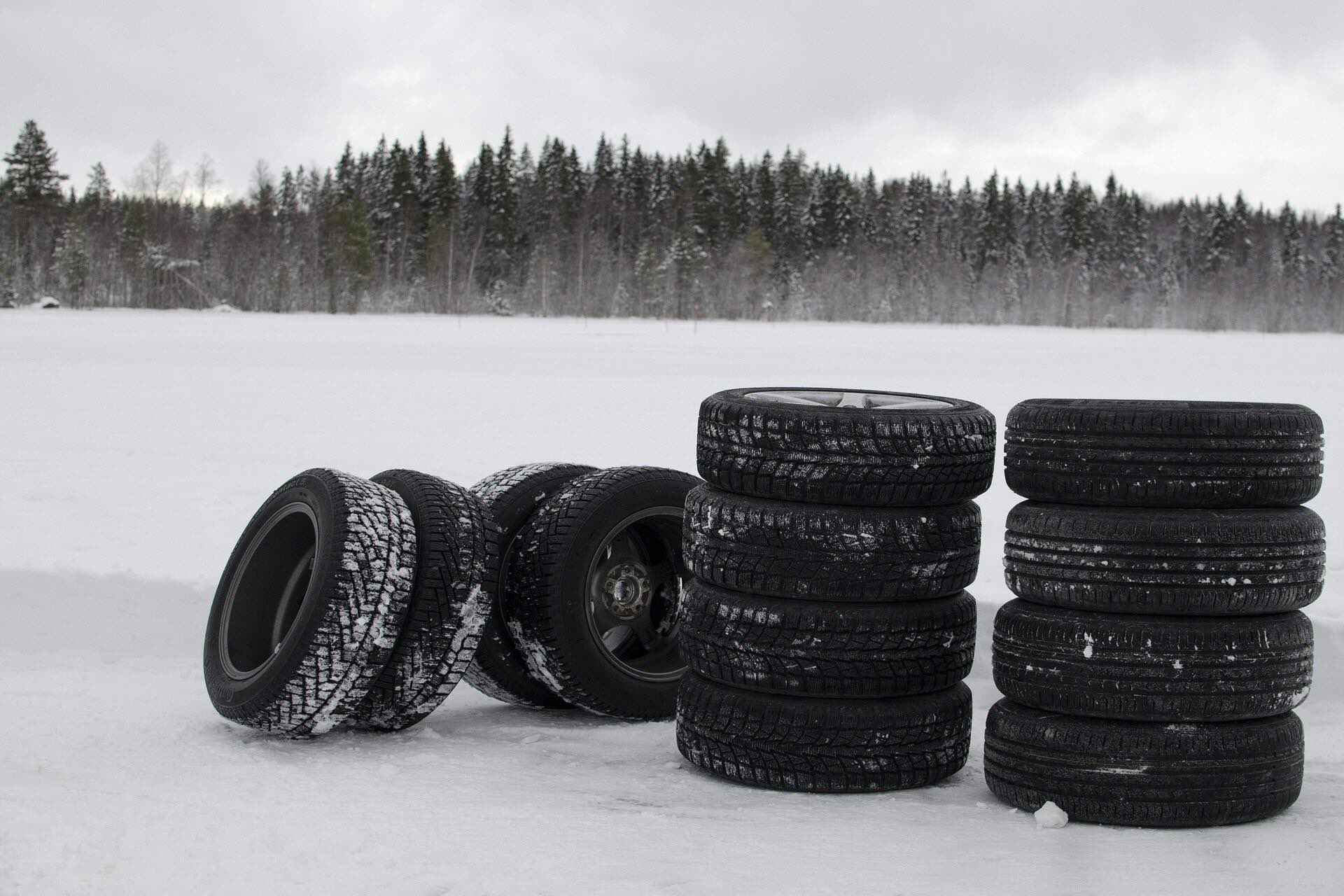
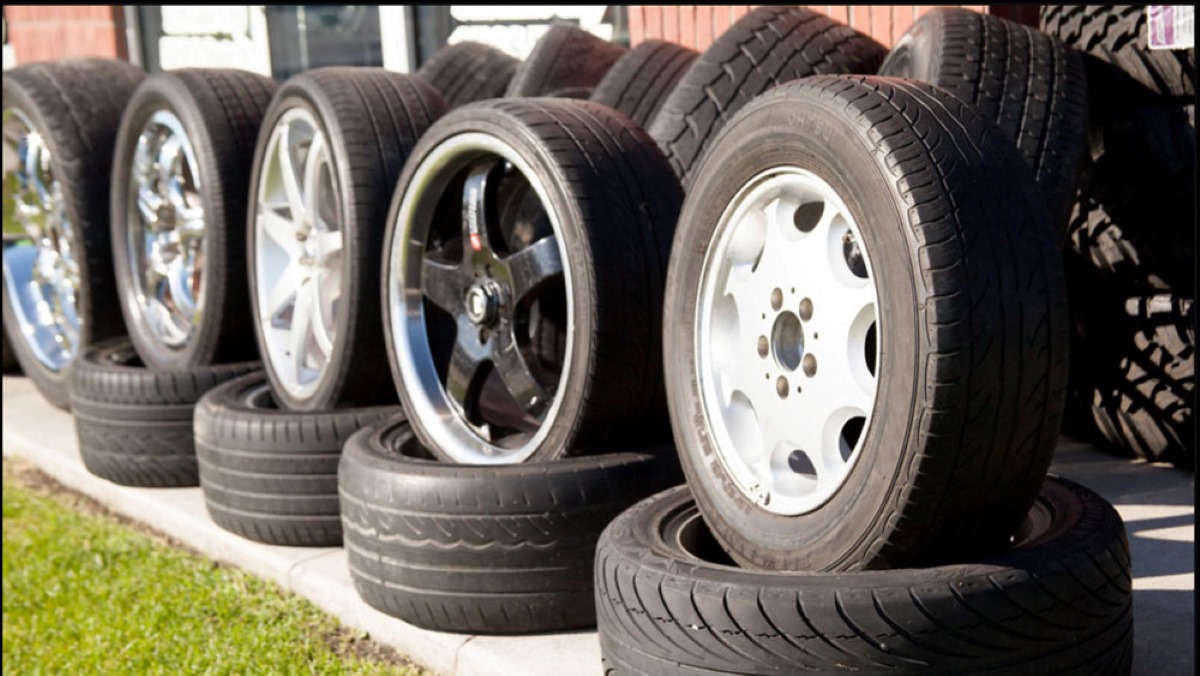
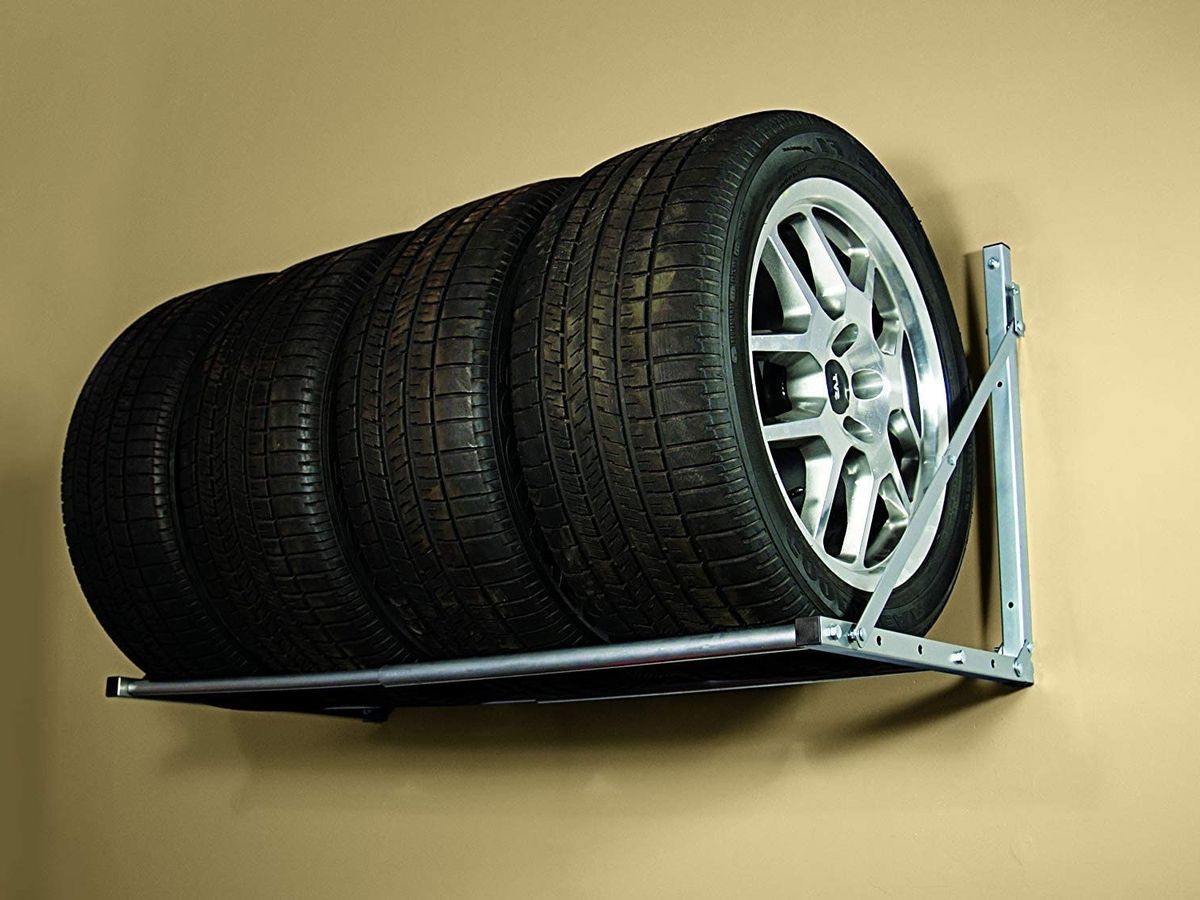
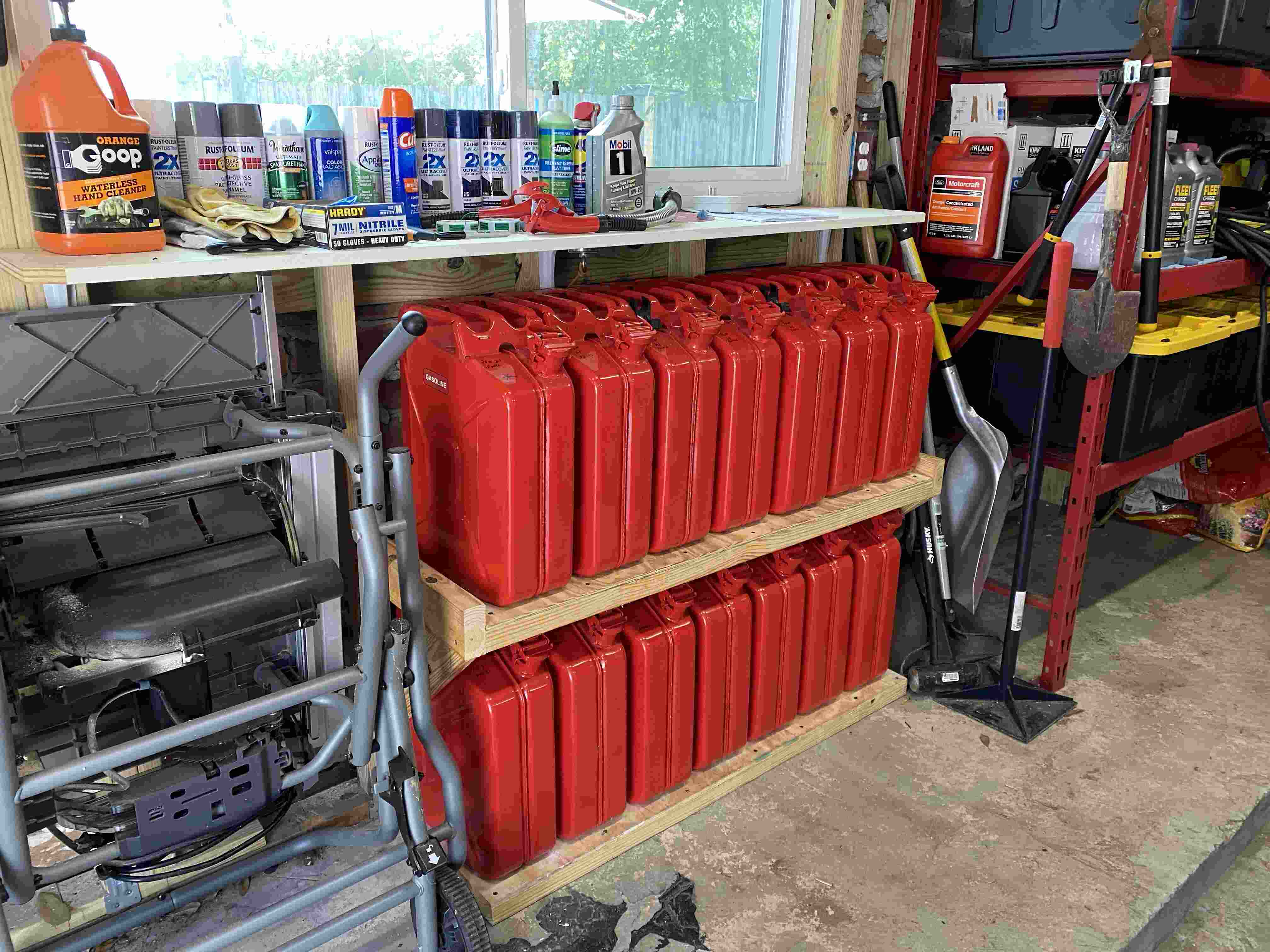
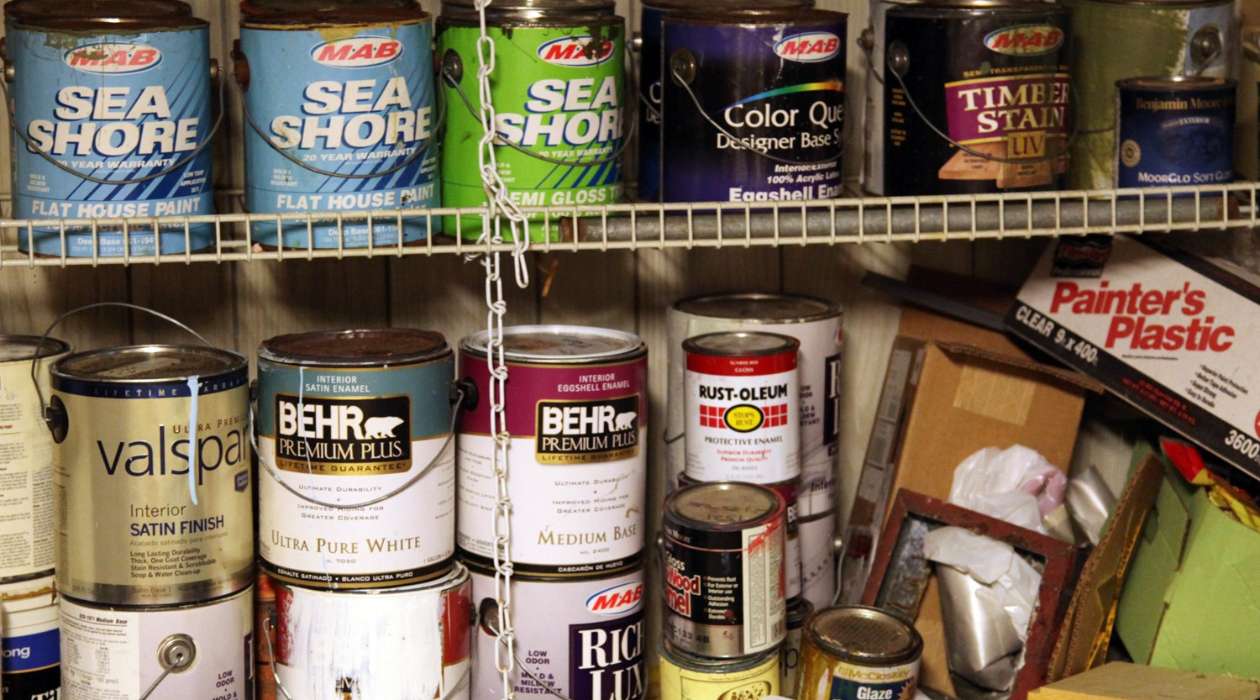



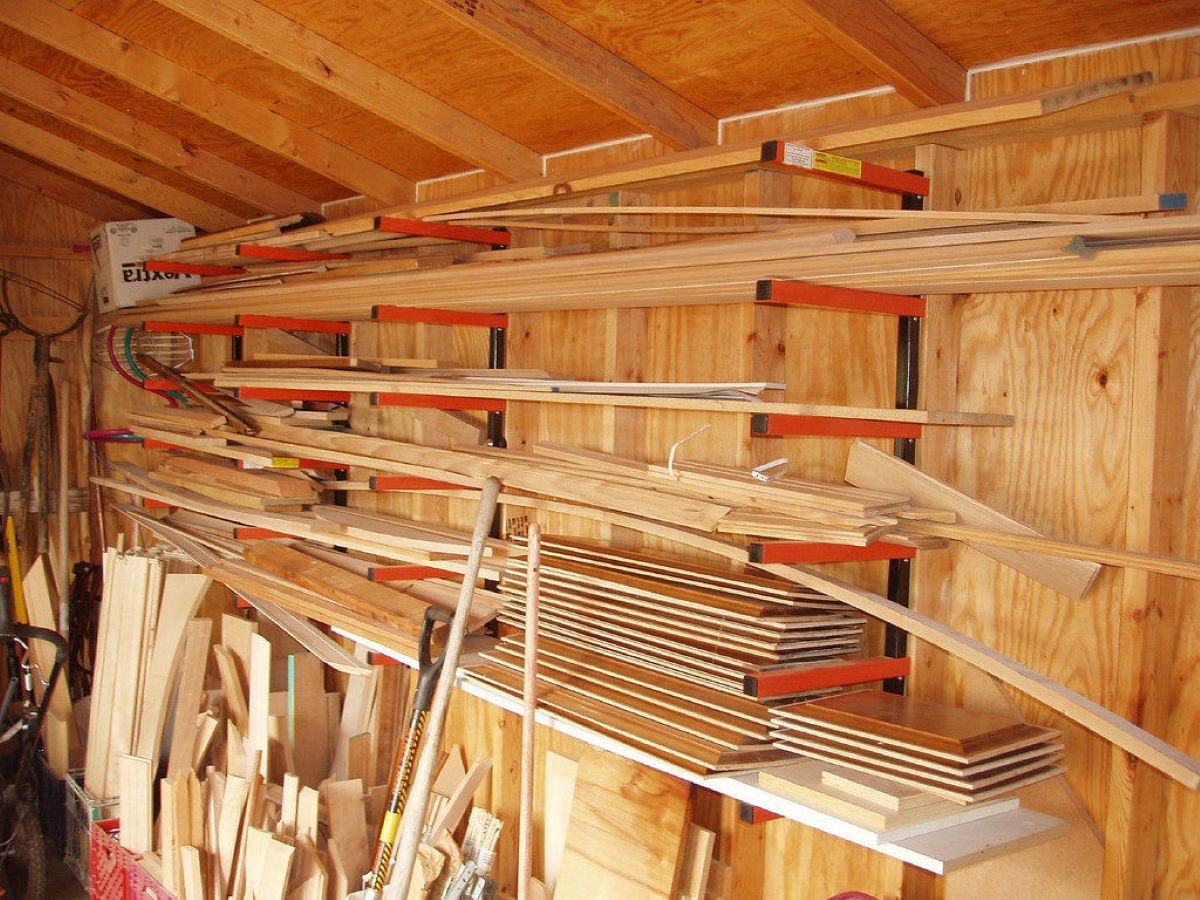


0 thoughts on “How To Store Tires In Garage”